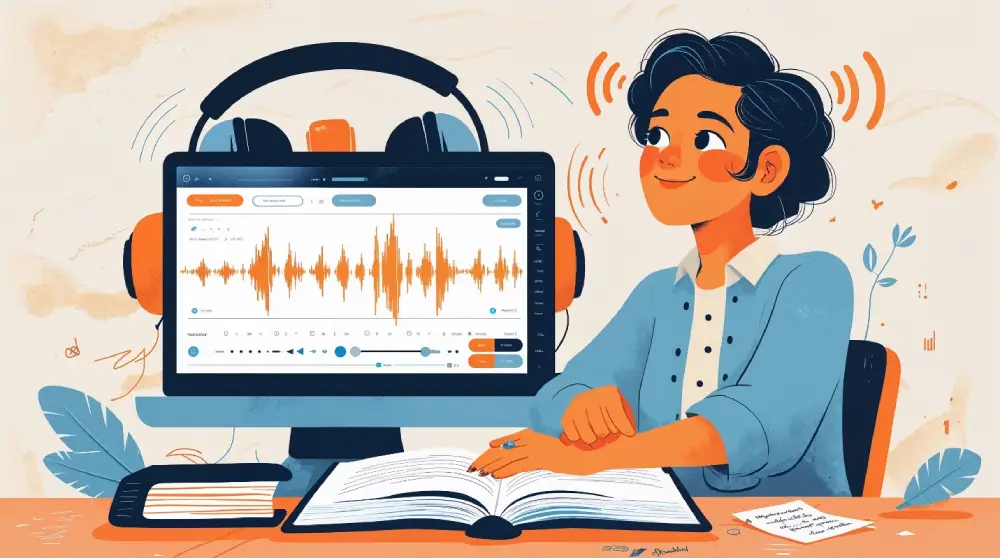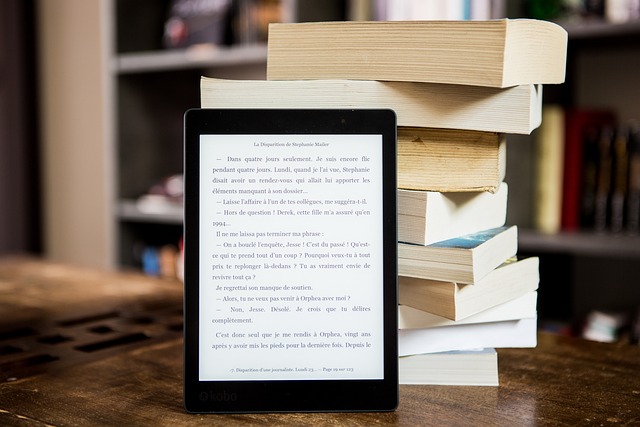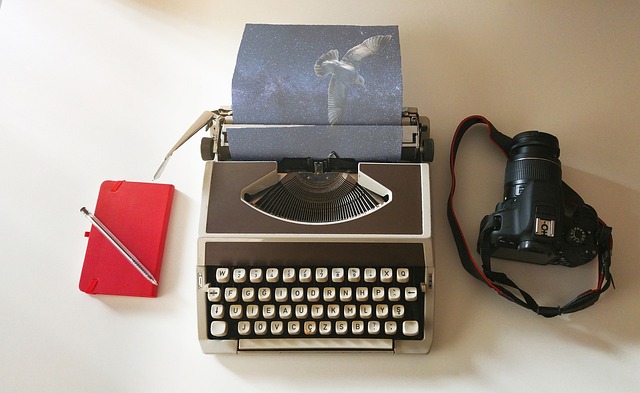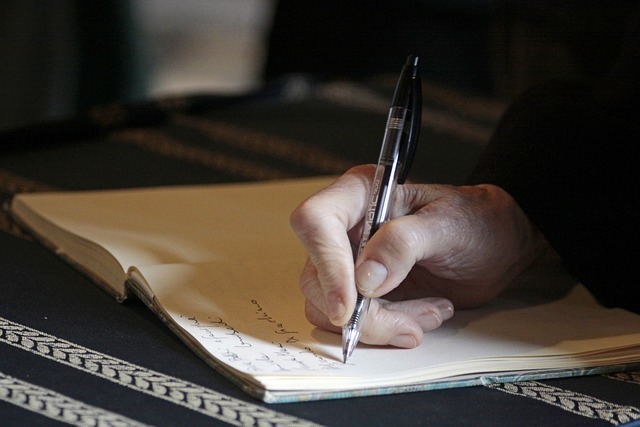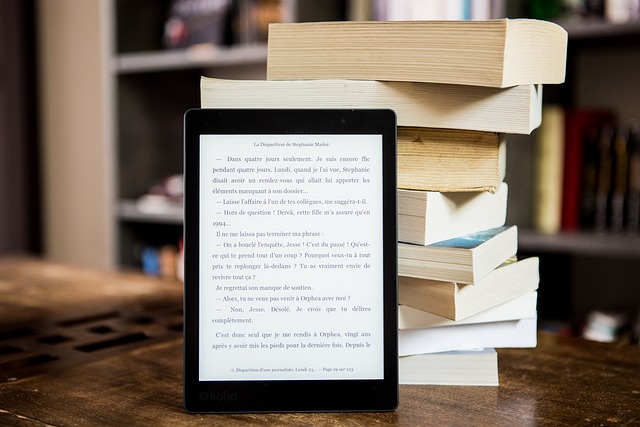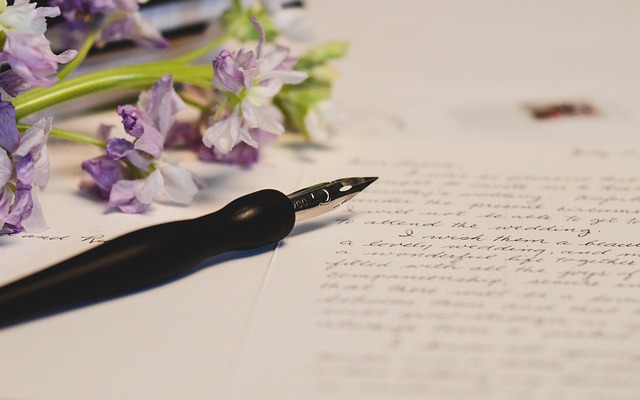Audiobooks are all the rage at the moment and it is all down to convenience and affordability and that is why this blog is going to focus on how to turn your book into an audiobook and we will also look at the reasons why you should do it.
The thing is books come in multiple types of mediums in today’s day and age. You have the regular physical book made of paper and then you have eBooks with can be read on your eBook reader or your smartphone.
Finally comes audiobooks which can be consumed through your smartphone, car, TV, smart fridge, computer, smart watch etc and it just means the convenience of being able to listen to a book while doing anything you want whether it is driving or taking a shower or anything else.
So as an author, you should be able to determine if you want to release your book in audiobook version and the reasons why you should do it and how to do it.
So let us first understand why you should turn your book into an audiobook. We can then understand how.
Why Consider Creating an Audiobook?
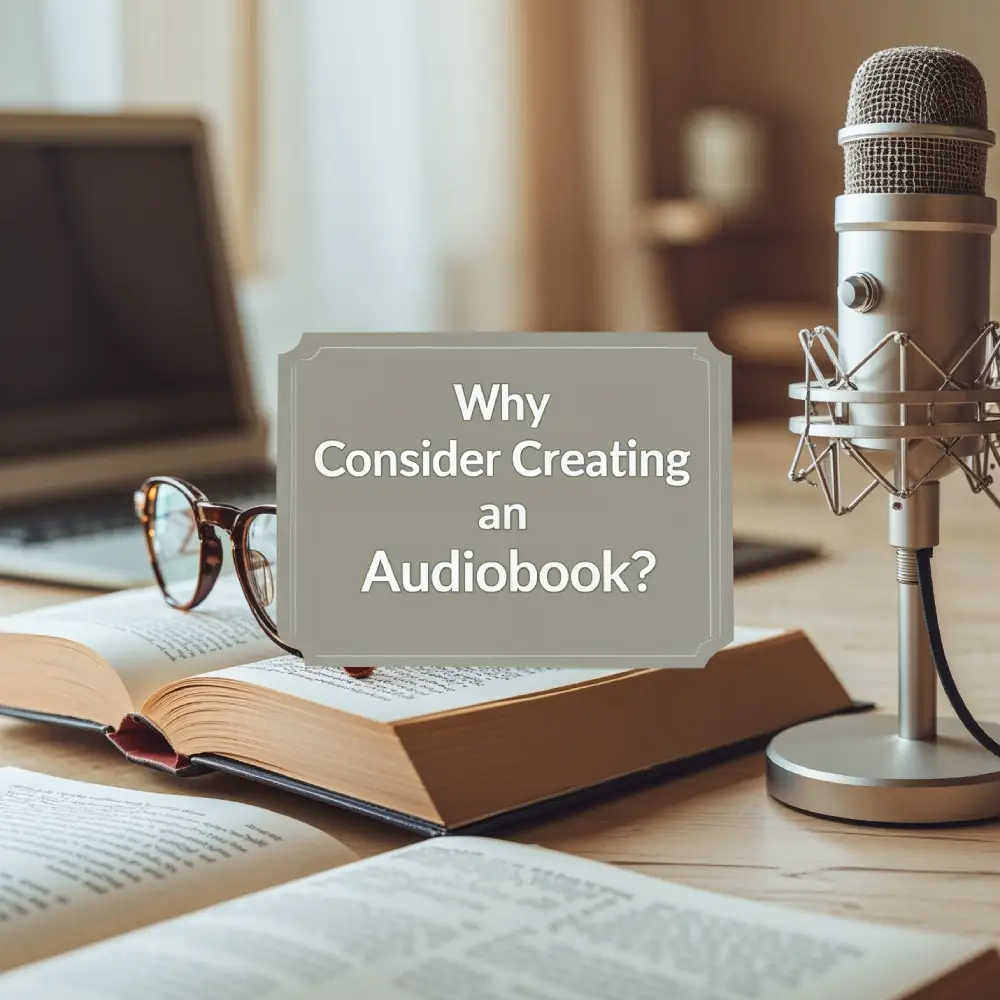
Convenience
The very first reason is going to be convenience for the readers and this is also partly why audiobooks are so popular and it is because readers or listeners can consume audiobooks wherever they want.
If you look at the stats then you are going to find that most people consume audiobooks while doing something else.

This can be while driving or while doing housework or eating and bedtime or something else and it is just a matter of understanding readers’ needs and following with it.
Affordability
The second reason is going to be affordability because it will only cost you once to create the audiobook and then you can create millions of copies of it for free or the platform is going to do it for you.
This is a lot better than having to print each and every copy of your book which increases the price of every book by a lot.
When you print a book and set a price for it you need to include the material and printing cost of the book in the selling price which naturally increases the price of a book but you do not have to do that with an audiobook.
Trend and Market
An author must always understand and study the market and when the market is expanding rapidly they should also indulge in that market and be a part of it.
That is why if you do a quick Google search then you are going to find that the audiobook market is expanding at a very rapid speed and revenue generated from audiobook sales is also increasing.
Audiobooks are just in the trend right now and see double-digit growth in many markets and this should be the clearest indicator to every author to invest in audiobooks.

It will provide authors with an additional stream of revenue apart from their paperbacks.
Options for Creating Your Audiobook
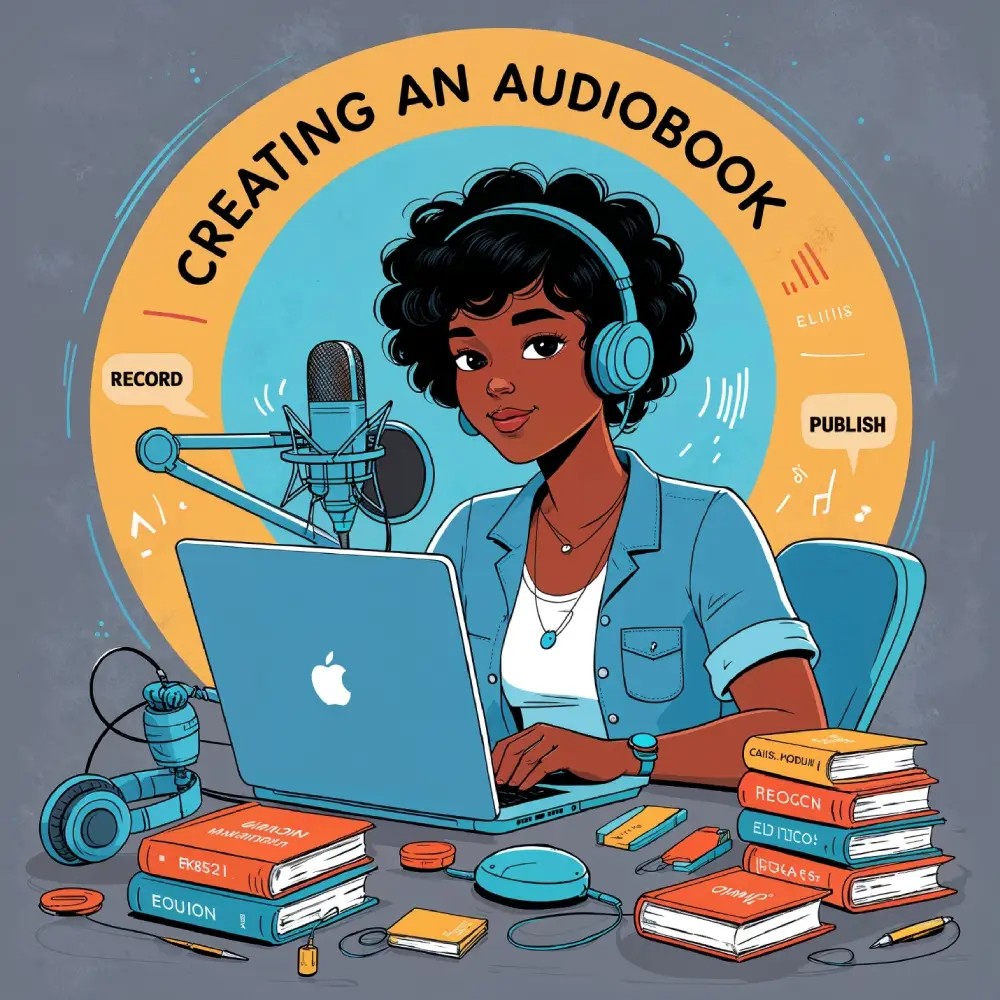
DIY Production
This is the very first option for you if you want to create an audiobook and this is to do everything by yourself.
The process involves creating a recording space and it needs to be a place that is usually very quiet with no echoes or any kind of background noise. A pro tip would be to record at night and use some sound-dampening foam on the walls or even regular foam.
You can then edit the audiobook on free professional-grade software such as Audacity or opt for something paid and professional too.
Below is the list of equipment you might need although you can record it on your phone if you want and it will still be an audiobook.
Equipment needed:
- High-quality microphone ($100-300)
- Pop filter ($15-30)
- Acoustic treatment for recording space ($100-500)
- Recording and editing software (free to $300)
- Quiet recording environment
Professional Production
The second option is completely different from doing it yourself because this involves approaching a professional recording company and a production house or recording studio in order to record the audiobook.
You can choose a studio that will come with voice artists or you can simply rent a studio and hire your own professionals for the recording.
While this is definitely the most expensive option on the list but it is also going to produce the finest and the most professional quality of audio potentially possible.
This is because you are only getting professionals every step of the way right from the professional studio to the professional voice artists as well as the professional audio specialists who are going to edit the audio into an audiobook.
Now you can hire them individually or it will come as a package with a professional recording studio.
You just need to understand your budget and move from there.
Cost range:
$3,000-15,000+ for a complete audiobook package
Freelancer Production
A freelance production is going to be very similar to a professional production in the sense that all the elements are going to be the same whether it is the recording studio or the voice artists and audio specialists.
The quality is just going to be freelance and sometimes amateur.
This means that you can create a setup similar to the professional production but at a very affordable price and if you are lucky then you are results can also be quite close to the professional quality.
You just have to make sure to hire the right people for the job and you can save a lot in this kind of a setup.
Cost range:
$150-400+ per finished hour (PFH) of audio A 70,000-word book typically translates to about 7-8 finished hours of audio, so budget $1,050-3,200+
AI Production
The last option that we are going to discuss is going to be controversial because there are some people who simply will not touch an audiobook if it is AI-generated.
In fact, most traditional readers will detest the idea of AI-generated audiobooks.
You can overcome this by keeping your AI-generated audiobooks very affordable so that your listeners might feel like they are practically getting it for free so they will be much more open to the idea of it.
The process of creating AI audiobooks is to simply choose a platform that will allow you to upload your manuscript and it will convert that into audio and you can choose between accents and gender of narration as well as customise multiple aspects of the narration from the speed to the tone as well as the emotion of the voice.
There are even platforms that will let you clone your voice to generate the whole audiobook.
Options:
- Text-to-speech engines (Amazon Polly, Google WaveNet)
- AI voice cloning (you can use your own voice as the base)
- AI narration platforms (DeepZen, Speechki, Murf)
Cost range:
- $0-500 depending on platform and quality
Audiobooks at the future and you should always be open to new things and new ideas in any industry you are involved in and especially the book publishing industry.
If you need any kind of guidance related to converting your regular book into an audiobook or you want to publish your book in traditional paperbacks or eBooks and you are looking for the finest quality of support when it comes to publishing then we are here for you.
We are Orange Publishers and we are one of the most renowned legacy book publishing companies where we bring you the convenience of self-publishing with the assurance of traditional publishing all under a single name.
We will help you with every step of publishing the book and we welcome you to visit our website and check out everything we do.

